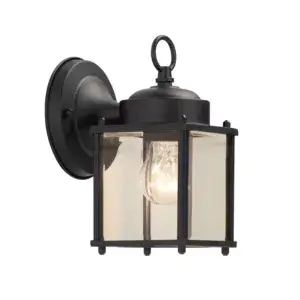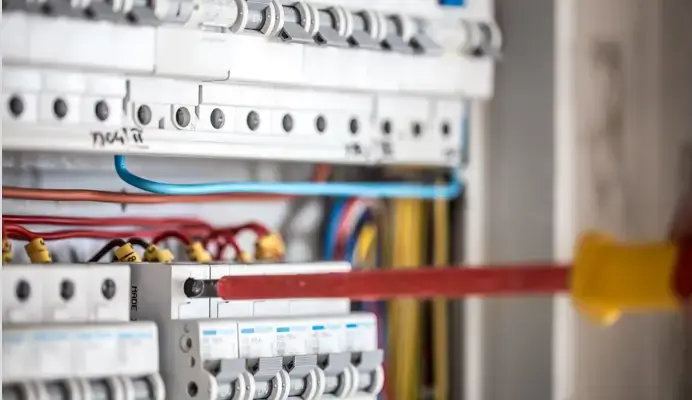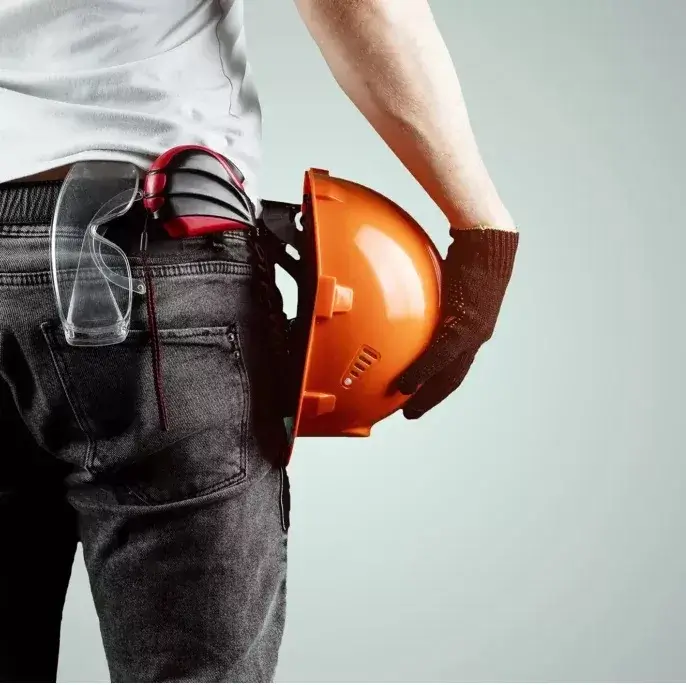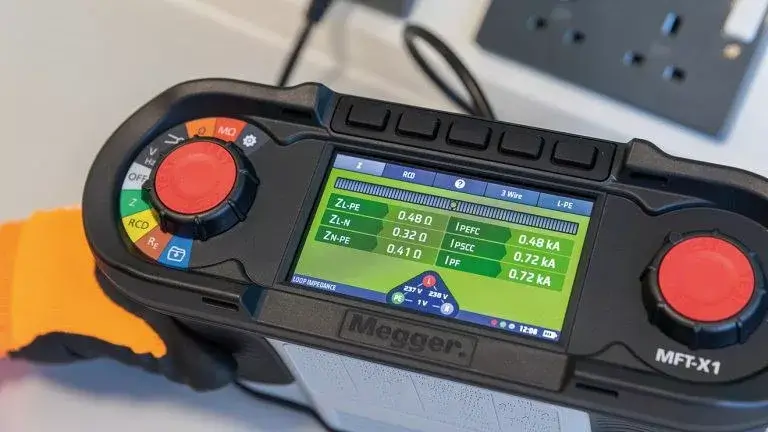- How to do an Outdoor Light Replacement ?
- What to consider when buying outdoor lighting?
- How to Choose the Right Outdoor Lights?
- How to fit low-voltage garden lighting?
- What cable to use for outdoor lighting?
- Working with steel-wire-armored (SWA) cable
- Should I get motion sensors for outdoor lights?
- How do I install an outdoor light?
- What kind of power supply do I need?
- What are the best bulbs to use?
- Do I need special bulbs for outdoor use? Is the light bulb built-in?
- Are there any functionality features worth looking out for?
- How to reset outdoor light motion sensor lights?
- Is LED better for outdoor lighting?
- How do I know if a light can be used outdoors? What is the best IP rating for outdoor lighting?
- Do outdoor lights need to be on their own circuit?
There are many advantages of using Outdoor Lighting. You can amplify the security and the safety of your space. Having enough garden lights may deter any intruders from trespassing on your property. The outdoor lights are important as they can prevent the occurrence of accidents during the night by keeping the area visible to the people moving around. The outdoor lights will enhance the beauty of your outdoor living space. If you choose the correct fixture and position it well, it could bring out the natural beauty of your external area. You can use accent lighting to highlight architectural structures or landscape features like trees, plants, flower beds, etc. Water features in your garden can benefit from underwater lights.
How to do an outdoor light replacement ?
What Equipment / Tools/ Materials do you need to replace an outdoor light?
Screwdriver, ladder, safety glasses pliers, electric drill, voltage tester, outdoor light fixture, electrical tape
Make sure you Turn Off the Power
Turn the power off at the mains to make ensure that everyone at home is more than aware of the danger of turning the power back on while you do the work. If you are installing an outdoor light with a motion detector, please ensure that the sensor will not be pointing towards an area where there will be a lot of daily activity, such as the main road outside your property.
Remove Old Exterior Light
- Carefully using a drill to remove the old light from the wall
- Remove the Old Mounting Brackett using a drill
- Disconnect the Wiring using a small screwdriver
- Attach New Mounting Bracket
- Prepare Cable Ends
- Wire Light
- Replace Cover
- Turn Power On
What to consider when buying outdoor lighting?
Please see the below questions you should ask yourself before purchasing outdoor lighting.
- What do you need the lighting for?
- Where do you want to light?
- What power source is best?
Light bulbs for outdoor lights
How to choose the right outdoor lights?
Having a good idea of where you would like to place the outdoor lights will help you choose the type of outdoor lighting you need.
-
-
- Garden Lights
- Patio & Decking LightsDriveway Lights
- Pole lights –single and multi-lamp pole lights
- Pillar lights – specializing in low power consumption
- Outdoor ceiling lights – For use in porches and verandahs
- Recessed floor lights – unobtrusive and super-strong
- Solar lights – wall, spot, novelty and mosquito-repelling
- Outdoor Design lights – unusual lights that are as interesting in the daytime as they are at night
- Terrace & Patio lights – lights that illuminate and enhance your outdoor spaces
- Outdoor Pendant Lights – stunning lighting ideas that hang outside of your home
- Pond lights – strong, safe, long-lasting waterproof lights
How to fit low-voltage garden lighting?
When it comes to garden lighting, a low-voltage set-up is the simplest and safest to install. Often the light units are on spikes, which you just push into the ground. The lights take their power from the transformer via ordinary two-core cable.
What cable to use for outdoor lighting?
Outdoor lighting must be installed using 1.5 mm2 three core steel-wired-armored cable (SWA).
You can power your garden lights from a spur off a ring circuit, via a 5 amp fused connection unit. Once outdoors, you should supply your lights via 1.5mm² three core steel-wire-armoured cable (SWA). Make sure that you only fit weatherproof lights that are suitable for outdoor use and that your circuit is RCD-protected.
Working with steel-wire-armored (SWA) cable
• The cores of three-core SWA are colored brown, black and grey, and you must fit green/yellow sleeving over the black core at every connection to show this is being used as earth.
• You should bury SWA, as if you accidentally cut through it could be fatal. Lay it in a trench at least 450mm deep under a path or driveway, or 750mm deep below unpaved areas that may be dug up at some point. As an extra precaution, you could run electrical route marker tape above the cable at a depth of about 150mm.
• You must secure SWA to your house wall with SWA cable clips. Fix these to the masonry with suitable plugs and screws, and protect it where necessary.
• Use a junior hacksaw to cut through SWA, and pliers to strip back the armoring.
• Connect the SWA cores to those of 1.5mm² two-core-and earth cable in a weatherproof adaptable box that’s fixed to your house wall. The SWA must enter the box via a purpose-made weatherproof gland, covered in a plastic gland shroud – and it’s very important to use the correct fittings to stop the cable armoring becoming corroded. Also, if your adaptable box is painted, try to clean off the paint where the cable enters it. This gives you good metal-to-metal contact – which will effectively earth the armoring.
• When you connect the cable to your lights, pay particular attention to the earth connections and any waterproof seals, as it’s vital your units are weatherproof.
Should I get motion sensors for outdoor lights?
Many of our outdoor lights have motion and dusk sensors built-in (particularly our wall, flood, pillar, path and ceiling lights). They are incredibly convenient but also provide safety and peace of mind. Place one at the entrance to your garage, for example, and it will always illuminate the area and see you home safely. Of course, it is also useful as a warning if intruders are nearby. Another aspect is that motion detectors help to reduce costs as your outdoor lights only come on when they are needed.
How do I install an outdoor light?
If you know what you’re doing, you can install any of these lights quite easily – each one comes with detailed step-by-step instructions. If you are in any way unsure, please consult a qualified electrician and they’ll do it for you.
What kind of power supply do I need?
If you don’t have an external electrical socket you can run outdoor lighting from an internal power source. You’ll need to make sure that the circuit is protected by an RCD (a residual current device, designed to break currents when necessary to prevent electric shocks) and that it can cope with the additional load you are putting on it. If you are fitting a single security light, installation can be fairly straightforward, but if you are adding a number of lights, it is advisable to run a new supply from a fuse board. If in any doubt, seek guidance from a qualified electrician. Or, if you’d rather not go down the electric route, consider a battery or solar-powered option instead.
What are the best bulbs to use?
We get asked this a lot and the answer is LED wherever possible. They last for ages, use very little power and light up immediately, unlike energy-saving spirals which take a couple of seconds to warm up.
Do I need special bulbs for outdoor use? Is the light bulb built-in?
Most of our outdoor lights with LED bulbs have them built-in. To see if one has a built-in bulb or not, check the specifications on the product page for that light. If the technical specifications do not specify a base type then the light bulb will be built-in and will have a life span of between 20,000 and 25,000 hours.
LED bulbs are more energy-efficient and long-lasting. It is a range of outdoor lights that you can control using your smartphone, Amazon Alexa or Google Assistant when hooked up to a Hue bridge, allowing you to set timers, countdowns and color combos.
Are there any functionality features worth looking out for?
Depending on where you plan on positioning your outdoor lights and how you intend to use them it may be worth checking out the functionality that different lights offer. Lights with motion detectors are quite common, along with those that can automatically illuminate when they detect the sun has set. For a little more customization some lights also include the ability to tweak their illumination time using timers or, for complete control, there are smart lights like those that sit within the Philips Hue ecosystem that you can fully customize from an app.
How to reset outdoor light motion sensor lights?
To reset outdoor motion sensor lights, simply turn the power off for 30 seconds, then turn it back on again. For a mains-powered light, this may involve switching the electricity off at the consumer unit. Battery and solar-powered lights should have an on/off switch.
Is LED better for outdoor lighting?
LED is best for outdoor lighting for several reasons. They are very energy-efficient (using up to 90% less energy than traditional incandescent bulbs), They last between 25 and 30 years. They are quick to light up to full brightness. And they work at low temperatures.
How do I know if a light can be used outdoors? What is the best IP rating for outdoor lighting?
Exterior lighting must have a higher IP rating than indoor lighting because it’s exposed to the elements. As a minimum, it must be at least IP23. But, to decide what IP rating for outdoor lights is best for your needs, think about where the light will be placed. How exposed to the elements will it be? Will a hose be used near it? Is the home in an area with a lot of dust or sand? As a guide, select an IP43 rated light to go under a roof, IP44 for a light exposed to light rain, IP65 for a light exposed to heavy rain and IP68 for a light that will be submerged in water.
Do outdoor lights need to be on their own circuit?
Always put your outdoor lighting on it is own consumer unit RCD. Basically ring fence it from your home lighting. That way should anything outdoors trip your outdoor lighting circuit it should not affect the power in your home.
For other
electrical services, please check our
electrical installation and wiring page or
electrical replacement page






